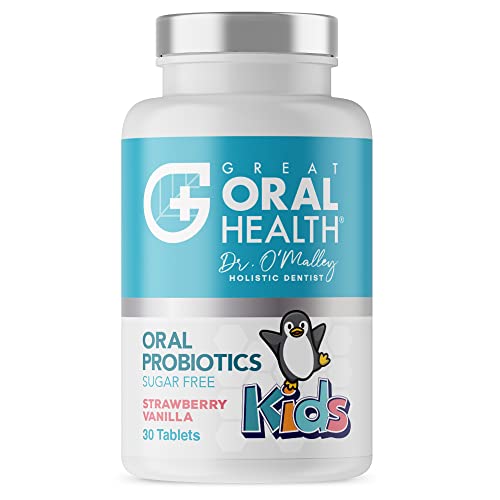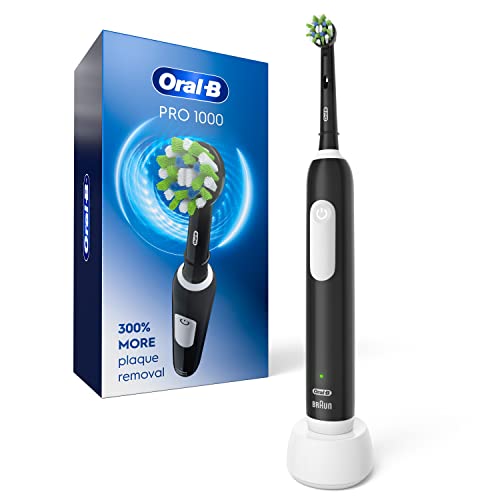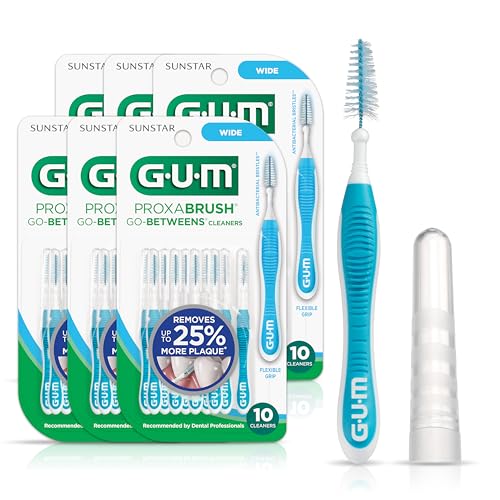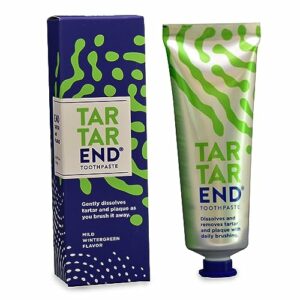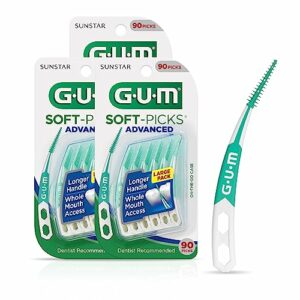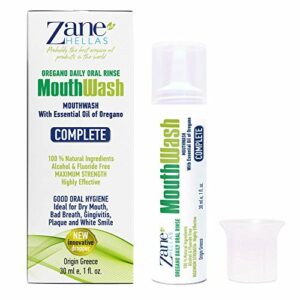In this step-by-step guide, we will explain the importance of maintaining good oral health and provide instructions on how to brush your teeth properly. Taking care of your teeth is crucial for maintaining a healthy smile and preventing dental issues. Follow along as we guide you through the proper technique and tools to ensure a thorough and effective brushing routine.
Ensure a sparkling and healthy smile
Choosing the right toothbrush
When choosing the right toothbrush, it is important to select one with soft bristles and a small head. Soft bristles are gentle on your gums and tooth enamel, reducing the risk of irritation and damage. A small head allows the toothbrush to reach all areas of your mouth, including the hard-to-reach spots at the back. For example, look for a toothbrush with bristles that are labeled as “soft” or “extra soft” and a head size that comfortably fits in your mouth, making it easier to clean every tooth and gum surface. By opting for a toothbrush with these features, you can ensure a thorough and gentle clean for your oral hygiene routine.
Applying toothpaste
Squeeze a pea-sized amount of fluoride toothpaste onto your toothbrush. Spread the toothpaste evenly across the bristles, making sure they are completely covered. Be careful not to use too much toothpaste as it may be difficult to rinse out of your mouth afterwards.
Brushing the outer surfaces of your teeth
Hold your toothbrush at a 45-degree angle. Brush back and forth in short, gentle strokes. Make sure to cover all the outer surfaces of your teeth.
Brushing the inner surfaces of your teeth
Tilt your toothbrush vertically, positioning the bristles against the inner surfaces of your teeth. Move the toothbrush in an up-and-down motion, gently scrubbing the inner surfaces. Ensure that you cover all areas thoroughly, including the back teeth.
Brushing the chewing surfaces of your teeth
To effectively brush the tops of your molars and premolars, use a back-and-forth motion. Start by placing your toothbrush at a 45-degree angle against your teeth and gums. Gently move the brush in short, horizontal strokes to cover the entire chewing surface. Be thorough and ensure that you reach every nook and cranny of your back teeth.
Brushing your tongue
To gently brush your tongue, start by wetting your toothbrush with water. Then, place the bristles at the back of your tongue and make short, gentle strokes towards the front. Repeat this motion a few times, focusing on the middle and sides of your tongue. Remember to rinse your mouth with water afterwards to remove any residue.
Here’s an example to guide you: Wet your toothbrush. Place the bristles at the back of your tongue. Make short, gentle strokes towards the front. Repeat a few times. Focus on the middle and sides of your tongue. Rinse your mouth with water.
Rinsing your mouth
To rinse your mouth thoroughly, simply take a sip of water and swish it around your mouth for about 30 seconds. Make sure to reach all areas, including the front, back, and sides of your mouth. Afterward, spit out the water and repeat if necessary to ensure all toothpaste residue is removed.
Cleaning your toothbrush
To clean your toothbrush properly, start by rinsing it under running water after each use. This helps to remove any leftover toothpaste or debris. After rinsing, make sure to store your toothbrush in an upright position. This allows it to air dry thoroughly, preventing the growth of bacteria.
Replacing your toothbrush
To maintain good oral hygiene, it is important to replace your toothbrush every three to four months or sooner if the bristles become frayed. Regularly changing your toothbrush ensures that it effectively removes plaque and bacteria from your teeth and gums. For example, if you notice that the bristles of your toothbrush are splayed or bent, it is a clear sign that it is time to replace it with a new one.
The importance of proper brushing
In conclusion, we have discussed the importance of brushing our teeth properly and the steps involved in doing so. We have emphasized the significance of using the right technique, choosing the right toothbrush and toothpaste, and maintaining a consistent brushing routine. By following these guidelines, we can effectively remove plaque, prevent tooth decay, and maintain healthy oral hygiene. Remember, proper brushing not only keeps our teeth clean and fresh, but also contributes to our overall well-being. So let’s prioritize our dental health and make brushing our teeth a daily habit!
Essential Supplies
Mastering Oral Hygiene
Taking care of your smile
- Brush your teeth twice a day: Make it a habit to brush your teeth thoroughly in the morning and before bed. Use a soft-bristled toothbrush and fluoride toothpaste. Remember to brush all surfaces of your teeth, including the front, back, and chewing surfaces
- Floss daily: Flossing is essential for removing plaque and food particles from between your teeth and along the gumline. Take a piece of dental floss or a flossing tool and gently clean between each tooth. Make sure to reach all the way down to the gumline
- Use mouthwash: After brushing and flossing, consider using an antimicrobial mouthwash. It can help kill bacteria, freshen your breath, and reach areas that your toothbrush and floss may have missed. Swish the mouthwash around your mouth for the recommended time, usually about 30 seconds
- Replace your toothbrush regularly: Over time, toothbrush bristles wear out and become less effective at cleaning your teeth. Replace your toothbrush every three to four months or sooner if the bristles become frayed. Using a worn-out toothbrush can be less effective and may not provide the best oral care
- Visit your dentist regularly: Even with a good oral health routine, it’s important to see your dentist regularly for check-ups and professional cleanings. Dentists can identify any oral health issues early on and provide personalized advice and treatment
- Remember, developing a consistent oral health routine is crucial for maintaining good oral hygiene and preventing dental problems in the future
Taking Care of Your Smile: Frequently Asked Questions
Do you brush your teeth at least twice a day?
Yes, we do brush our teeth at least twice a day. It is important to maintain good oral hygiene by brushing our teeth regularly. Brushing in the morning and before going to bed helps remove plaque and bacteria, prevents cavities, and keeps our breath fresh. Regular brushing, along with flossing and regular dental check-ups, promotes good dental health and prevents various dental issues.
Do you replace your toothbrush every three to four months or sooner if the bristles become frayed?
Yes, it is generally recommended to replace your toothbrush every three to four months or sooner if the bristles become frayed. This is because over time, the bristles on a toothbrush can become worn out and less effective at cleaning your teeth properly. By replacing your toothbrush regularly, you ensure that you are using a clean and effective tool for maintaining good oral hygiene.
Are you aware of the recommended two minutes brushing time?
Yes, we are aware of the recommended two minutes brushing time. It is generally recommended by dental professionals to brush our teeth for a full two minutes, twice a day. This allows enough time for thorough cleaning of all tooth surfaces and helps remove plaque and bacteria effectively. It’s important to ensure that we are using proper technique and reaching all areas of our mouth, including the front, back, and chewing surfaces of our teeth, as well as our tongue. Taking the time to brush for the recommended two minutes can contribute to better oral health and help prevent dental problems in the long run.
Do you floss your teeth daily to remove food particles and plaque?
No, we do not floss our teeth daily to remove food particles and plaque.
Do you avoid smoking or using tobacco products, as they can harm your oral health?
Yes, we do avoid smoking or using tobacco products, as they can indeed harm our oral health. Smoking and using tobacco products have been linked to various oral health problems such as gum disease, tooth decay, bad breath, and even oral cancer. These harmful substances can stain our teeth, cause irritation to the gums, and weaken the immune system, making it harder for our bodies to fight off infections. In addition, tobacco use can also delay the healing process after dental procedures, making it more difficult for our oral health to recover. Therefore, we prioritize our oral health and make a conscious effort to stay away from smoking and tobacco products.
Are you aware of the benefits of using fluoride toothpaste?
Yes, we are aware of the benefits of using fluoride toothpaste. Fluoride is a mineral that helps to strengthen the enamel of our teeth, making them more resistant to decay. It can also reverse early signs of tooth decay by remineralizing the enamel. Using fluoride toothpaste on a regular basis can help prevent cavities and maintain good oral health. Additionally, fluoride can help reduce tooth sensitivity and protect against gum disease. It is important to use fluoride toothpaste as part of our daily oral hygiene routine to keep our teeth strong and healthy.
Do you clean your tongue regularly to remove bacteria and freshen your breath?
Yes, we do clean our tongue regularly to remove bacteria and freshen our breath. Cleaning the tongue is an important part of maintaining good oral hygiene. Bacteria can accumulate on the surface of the tongue, leading to bad breath and potential dental problems. By using a tongue scraper or simply brushing our tongue gently with a toothbrush, we can effectively remove bacteria and promote fresher breath. Regularly cleaning the tongue, along with proper brushing and flossing, helps maintain a healthy and clean mouth.
Do you use mouthwash to rinse your mouth after brushing and flossing?
No, we do not use mouthwash to rinse our mouths after brushing and flossing. While some people may choose to incorporate mouthwash into their oral hygiene routine, it is not necessary for everyone. Brushing and flossing thoroughly are sufficient to remove plaque and debris from our teeth and gums. However, if you are considering using mouthwash, we recommend consulting with a dentist or dental professional to determine if it is suitable for your specific needs.


